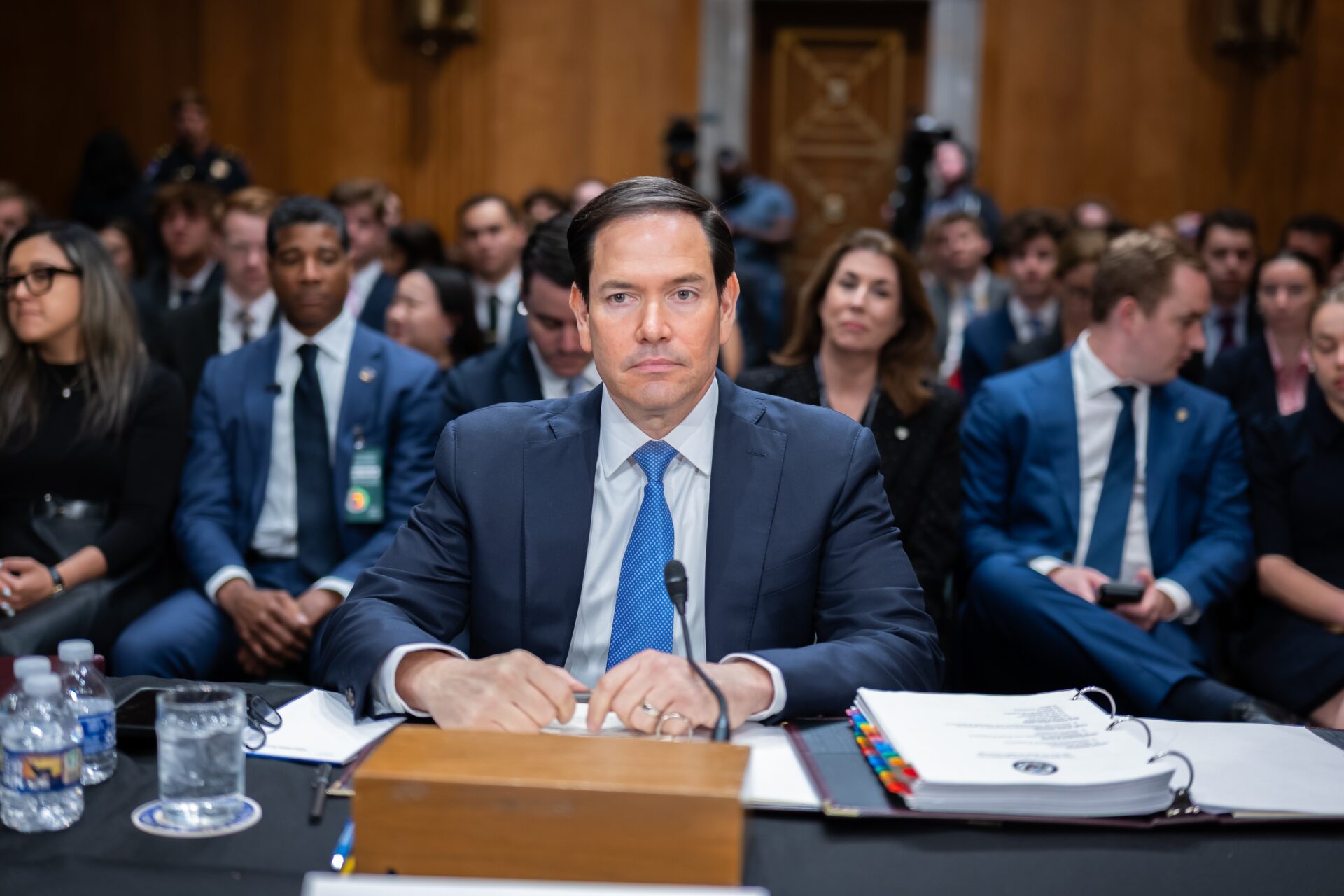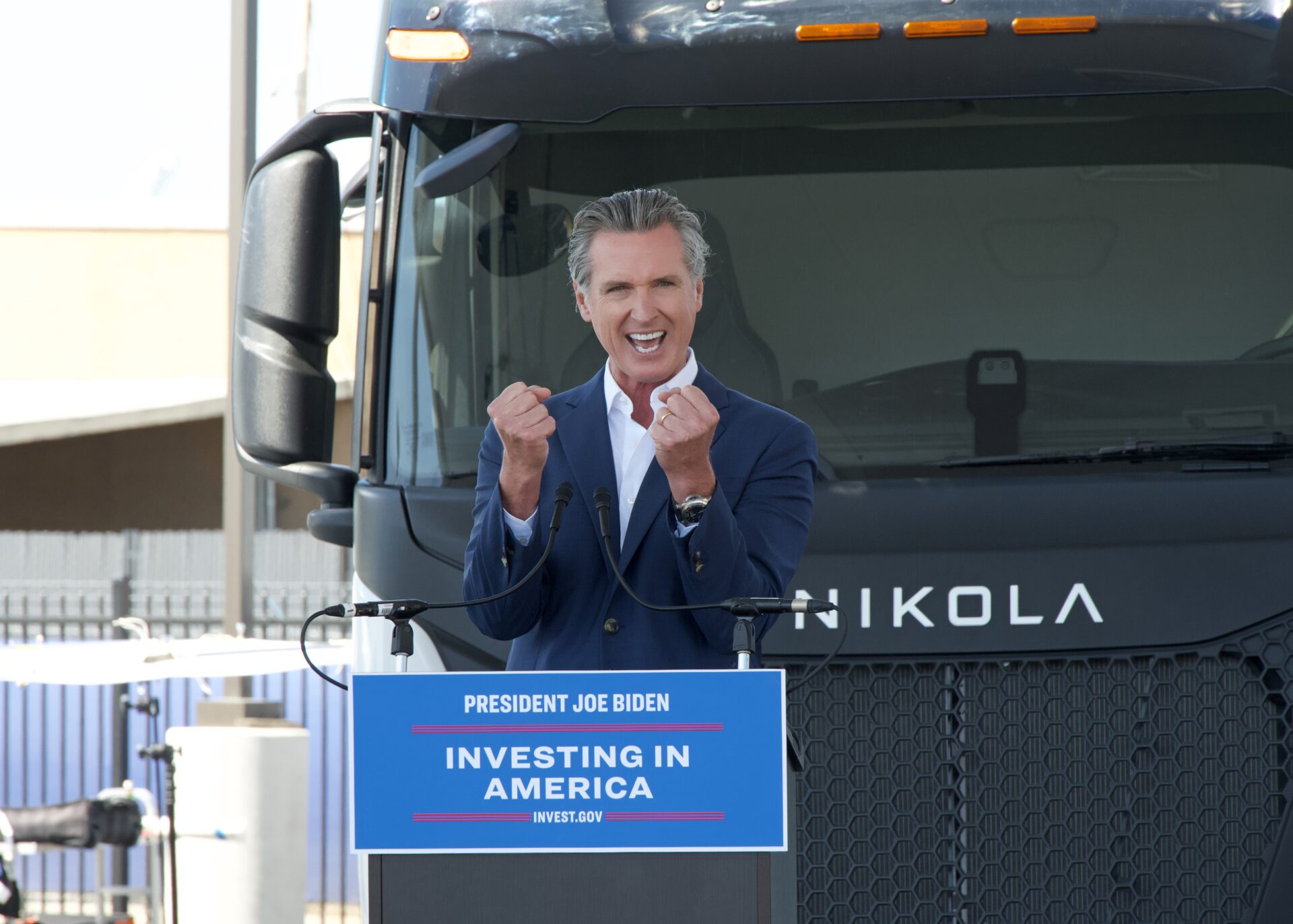
Tariffs TOTAL Detroit’s Carmaking Comeback!
Michigan’s post-pandemic economic recovery is facing new headwinds as escalating tariffs drive up costs for automakers, threatening job growth and eroding the state’s hard-won momentum.
At a Glance
- Michigan’s payroll jobs reached a 20-year high in 2025
- Labor force participation returned to pre-pandemic levels
- Auto manufacturers paid $2.1 billion in tariffs this year
- Rising costs could be passed to consumers through higher car prices
- Tariff pressures risk slowing Michigan’s economic recovery
Michigan’s Recovery Gains
Michigan entered 2025 with notable signs of economic strength. Payroll employment reached its highest level in two decades, while labor force participation rates climbed back to pre-pandemic benchmarks. Real earnings growth added to the optimism, with households benefiting from rising wages and improved consumer spending.
These gains marked a significant turnaround for a state long reliant on the fortunes of its automotive sector. Detroit’s “Big Three”—Ford, General Motors, and Stellantis—helped power the recovery by expanding production and investing in new vehicle technologies. At the same time, small manufacturers and suppliers across the state benefited from steady demand and improved supply chains after years of pandemic-related disruption.
Watch now: Trump’s Tariff Chaos is Hammering Michigan’s Auto Industry · YouTube
The Tariff Burden
That trajectory is now under threat. In 2025, automakers in Michigan have already absorbed an estimated $2.1 billion in tariff costs. These measures, part of a broader trade strategy, have raised the price of imported components critical to the production of cars and trucks. While larger companies can temporarily absorb some of these expenses, analysts warn that costs will eventually be shifted to consumers in the form of higher vehicle prices.
The risk is twofold: slower consumer demand for new cars due to rising prices, and tighter margins for manufacturers who may need to reduce production or delay investments in research and development. Small and mid-sized suppliers, already facing thin profit margins, are particularly vulnerable to cost increases and may be forced into layoffs or closures if conditions persist.
Political and Economic Tensions
The tariff debate highlights the fragile balance between national trade policy and state-level economic performance. Supporters argue that tariffs protect U.S. industries from foreign competition, but critics note the immediate burden falls heavily on states like Michigan, where the economy is tightly linked to global supply chains.
Michigan’s leaders face pressure to advocate for exemptions or adjustments that could ease the strain on local manufacturers. However, the state’s reliance on federal decisions limits its room for maneuver. If automakers scale back investment or employment in response to tariff-driven costs, Michigan’s recent progress could stall, leaving workers and communities vulnerable once again.
The situation underscores the broader challenge for red-leaning industrial states: balancing political support for federal trade policy with the economic realities faced by local businesses and workers. Whether Michigan’s recovery can withstand the added strain of tariffs will be a defining question for its economy in the years ahead.
Sources
Our Midland
Axios
Financial Times
YouTube


